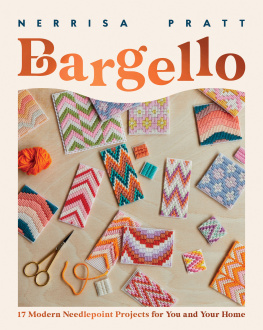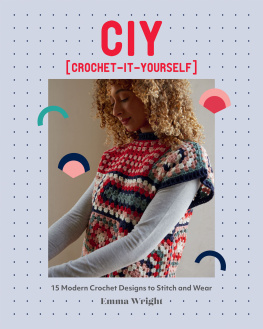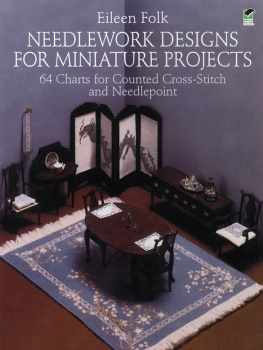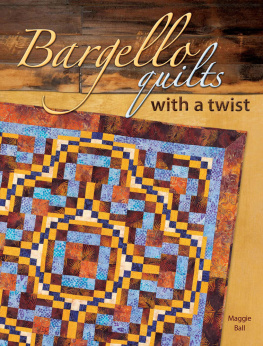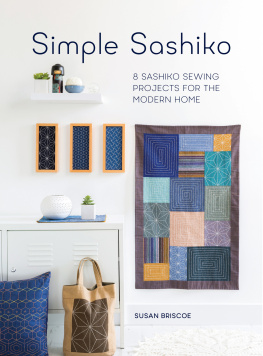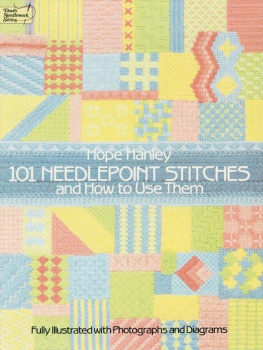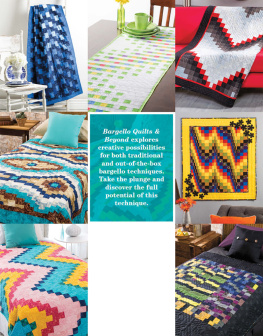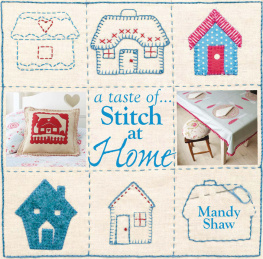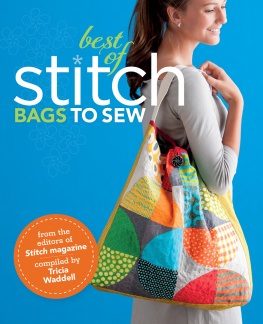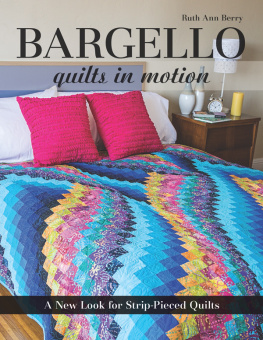
The Bargello palace in Florence, Italy, is a world-renowned museum, home to works of art by sculptors Michelangelo and Donatello, as well as a collection of colourful textiles and tapestries from Italian history. It was in this museum that historians uncovered an intriguing set of embroidered chairs, thought to be from the 1600s, with a unique hand-worked design that became known as Bargello. Fast-forward a few hundred years, and Bargello was given a new lease of life in the swinging 60s. Throughout the 60s and 70s, Bargello was a fashionable craft that allowed stitchers to create bold interior and fashion design pieces. How-to books from the era show waistcoats and bell bottoms as well as tablecloths and bed linens. Fast-forward another 50 years, and those how-to tomes line my bookshelves, a modern stitcher fascinated by all things Bargello.
My own journey began late one evening a few years ago when, at a loss for a more mindful hobby, I took to Pinterest, the go-to place for any crafter on the search for inspiration. After scrolling through many twee, dated projects, I was frustrated that there didnt seem to be anything for a modern colour-enthusiast like me. I was just about ready to give up, but then I saw it. Bold lines, geometric shapes and at least three clashing colours, Bar-gel-lo I said out loud to myself. My partner briefly looked up from his laptop, shaking his head at the thought of yet another set of craft supplies taking up space in our flat.
The most exciting thing to me was that I didnt need to wait to get started. I knew that I already had some Aida (the loosely woven fabric used for cross stitch) and a few embroidery threads in my collection, so I got stitching right away. That little cushion took me six months to finish, not for the reasons you might think, but because I took my time and enjoyed each and every stitch. It was mindful crafting at its best. Never before or since have I experienced a craft that you can truly relax with like Bargello. I still have that cushion, and now I smile, looking at the pomegranate shaped stitches. Theyre all different stitch lengths, and the repeat doesnt line up in the slightest, but I was, and still am, so proud of it.
From a young age, I took an interest in the historical, which eventually followed me into my fashion degree and beyond, into my adult life. I love any excuse to spend spare cash on vintage books, flipping through the pages and experiencing that musty smell only an old book can have. It transports me back to my parents, who had a shared passion for heritage, taking myself and my little sister to museums. They would take the time to read the descriptions on plaques next to every artefact in the room, encouraging us to take an interest and learn all of their hidden secrets. We would often spend Sundays strolling around National Trust parks in the rain, eating soggy sandwiches thanks to the unpredictable British weather. All the while, mum, a talented artist, would be snapping pictures on a disposable camera, then madly sketching up new ideas as they came to her.


For a long time, Bargello was just something I did in the evenings while binge-watching box sets and drinking back-to-back cups of tea. It wasnt meant to grace the pages of social media; it was just my relaxing, crafty little secret. That was until one day, I finished a piece so perfect, so beautifully colourful, I just had to share it. The reaction really took me by surprise there were two camps, the Wow, what is this crafty magic!? and the Oh my goodness, my mother and grandmother used to Bargello. I was overwhelmed by the response and decided it would be a great use of my craft teaching experience to show the world how to get stitching.
Today, I run The Bargello Edit, a one-stop shop for supplies, kits and classes designed to bring this retro craft to the modern maker. As charming as 70s Bargello is, I try to inject a more subtle set of colourways into the technique. I also thrive on coming up with exciting, original projects that I love and know other makers will love, too. In fact, the Barbara bag, named after my nan, was inspired by the gorgeous designer pieces you see on the runway. Those designer bags might be on-trend, but as with any craft project, you just cant beat the feeling of proudly declaring, Yes, I made it!.
If youre new to Bargello, Im confident you will fall for it as hard as I have. Once you know the basics, youll start seeing the world as your canvas, thinking in intricate stitches and clashing colour palettes, really making a mark on your home and your wardrobe, too. Whether youre coming back to Bargello after a few years or youre just looking to have a go at a relaxing, mindful craft, I hope that picking up a needle and canvas is as enjoyable for you as a coffee with an old friend.
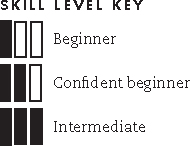
THE BARGELLO STITCH
The Bargello stitch is beautifully simple to master, and thanks to the very few rules that accompany the craft, once youve grasped the basics, its easy to develop your personal style. Made up of straight stitches that are determined by their length, typically no longer than 5 or 6 squares, patterns and repeats can be created that are as minimal or detailed as you like.
The basic Bargello stitch is simple; each stitch goes into the canvas vertically. To create a triangular shape, you can manipulate your stitches by laying them on the canvas, stepping up or down to produce a balanced shape.
There are a few recognizable variations of the stitch, such as Flame stitch or Florentine stitch as its also sometimes known. This stitch creates a zig zag pattern for which Bargello tends to be most recognized; you will find multiple variations of this stitch throughout this book as its an excellent foundation for creating your own patterns and designs.
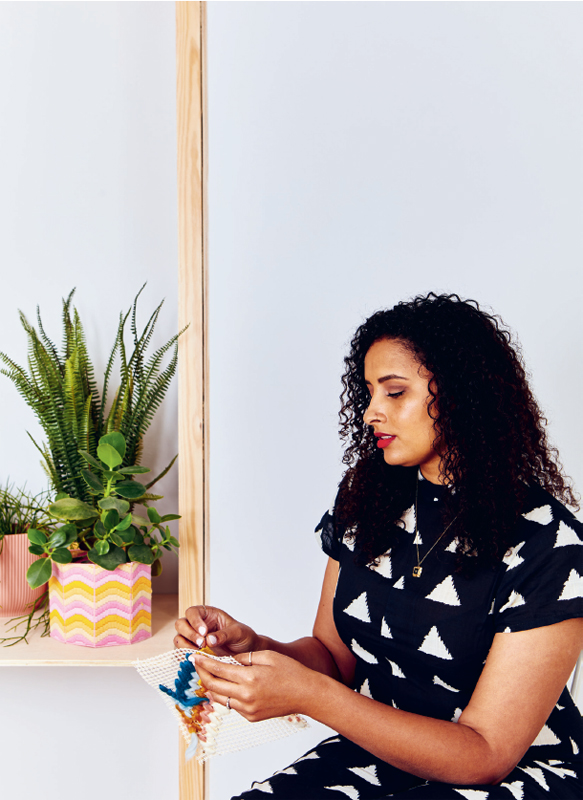
As well as flame stitch, there are a few recognizable traditional stitches perfect for a beginner to master, such as:
ZIG ZAG
The zig zag stitch is similar to flame stitch in design but has straight lines connecting the peaks and troughs. Play with the scale to create more drama or to showcase a more subtle, tighter set of lines.
HUNGARIAN POINT
This stitch alternates shorter and longer counts to create a stepped pattern. Using a gradient of colours is really effective for this detailed stitch.
SCALLOP
Scallop stitch uses carefully stepped stitches next to one another to create scallops with soft, rounded edges on the canvas.
DIAMONDS
Similar to the triangle, the diamond uses stitches that grow in stitch length as you get to the centre point and then reversed back down in scale to form a diamond.
TRIANGLES
A simple stitch for a beginner, you can use different length stitches to create perfectly even triangles. The uses this technique. Starting small on one side (2 or 3 counts) and gradually get bigger towards the centre, which starts to form the triangle. From there graduate back down to the smallest size again to complete the shape.
Next page
